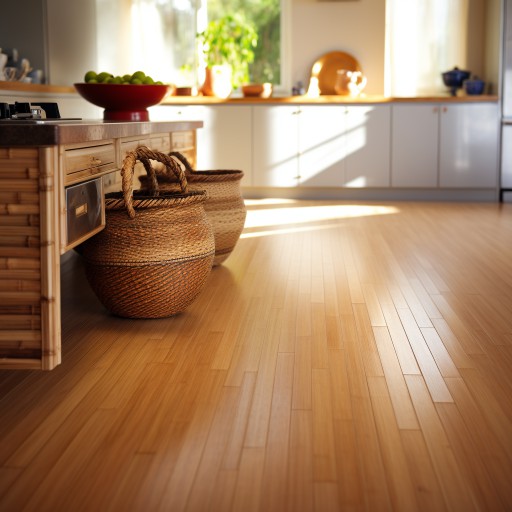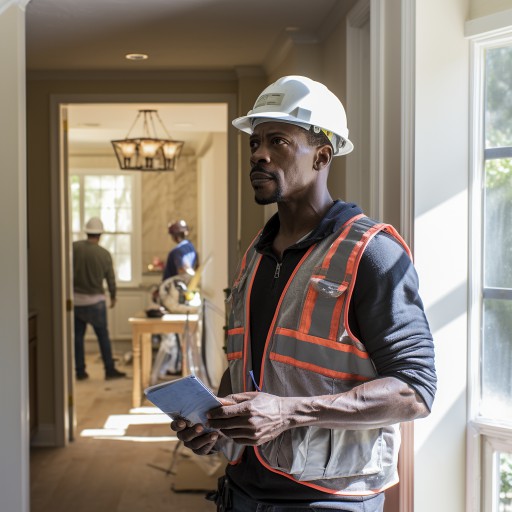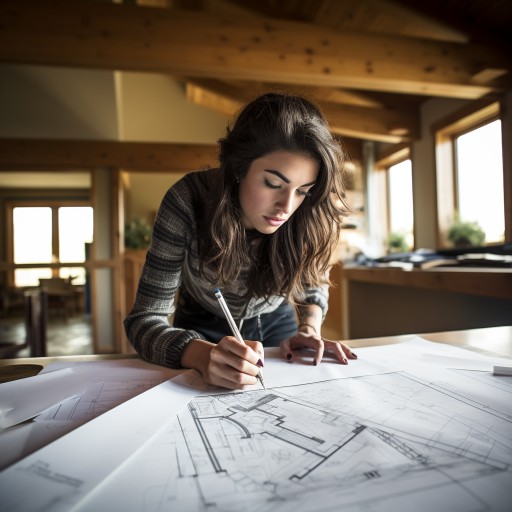AI for Interior Design Ideas: A New Tool, Not a Replacement

co-founder
- AI For Home Remodeling – A Valueable Tool
- Using AI with a designer
- New: EcoHome Featured in Redfin's Apartment Guide!
I needed a floral arrangement for a special occasion. I walked into a local florist and instead of giving them a specific list of flowers, I simply shared the mood I wanted to evoke, the colors that resonated with me, and the occasion it was for. "Designers' choice," I said, and then stepped back to let them work their magic. The result? A stunning, unique bouquet that was both seasonally appropriate and budget-friendly. It was better than anything I could have specified.
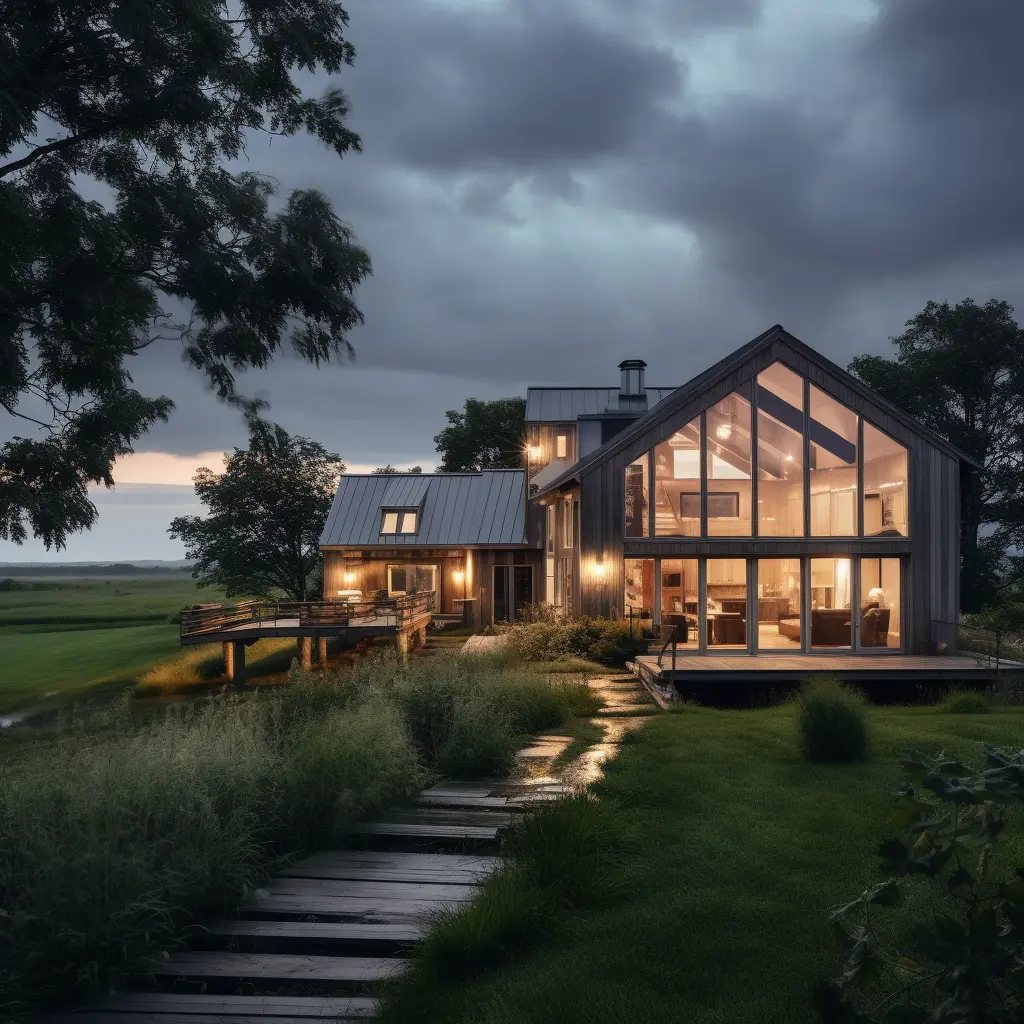
AI For Home Remodeling – A Valueable Tool
This experience reminded me that the best way to work with creative professionals is to provide them a sense of what you're trying to achieve, and then allow them the freedom to bring it to life. This holds true for interior designers as well. And in our digital age, one tool is emerging as a powerful ally in conveying our visions to these professionals: artificial intelligence. EcoHome has beta features for interior and exterior home design with AI.
Artificial intelligence, or AI, is becoming an increasingly popular tool in the world of interior design. But it's crucial to understand that AI isn't here to replace the expertise of skilled interior designers. Instead, it's another instrument in our digital toolbox, helping us visualize and communicate our design ideas more effectively.
AI tools can offer a dynamic way to visualize rooms in different layouts, color schemes, and styles. With a few clicks, you can see your living room in a mid-century modern style, a bohemian style, or even a Scandinavian style. You can experiment with different furniture arrangements, lighting options, and color palettes without buying a single item or moving a piece of furniture. This ability to explore different aesthetics in a risk-free digital environment is one of the major benefits of AI in interior design.
Using AI with a designer
When it comes to working with an interior designer, AI-generated images can serve a similar purpose as a mood board. They provide visual cues that help convey your design preferences and inspire the designer's creativity. However, just like my experience with the florist, it's essential to remember that these images should serve as a guide, not a rigid blueprint.
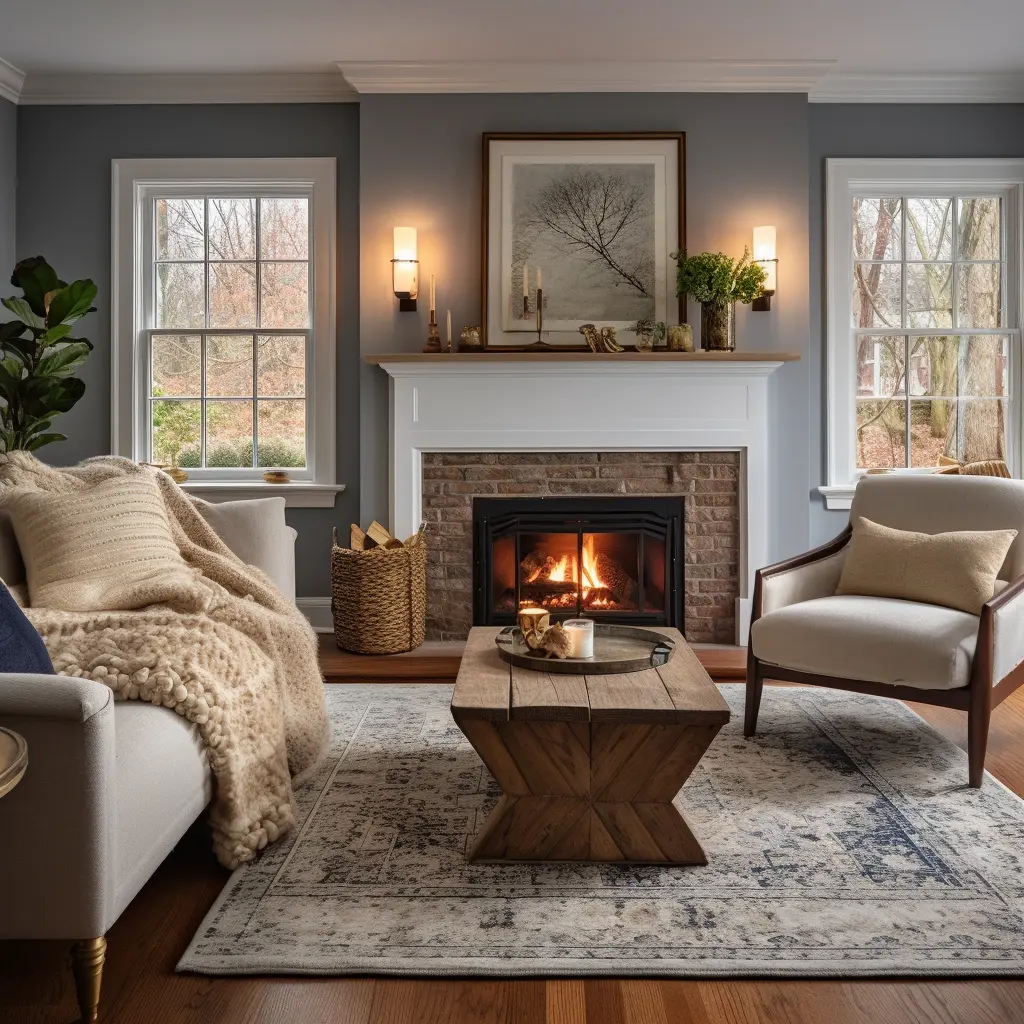 Share your AI-generated images with your interior designer and discuss what you like about each one. Maybe it's the color scheme in one image, the furniture layout in another, or the overall vibe in a third. This feedback is invaluable for a designer, providing them with a clearer understanding of your taste and vision.
Share your AI-generated images with your interior designer and discuss what you like about each one. Maybe it's the color scheme in one image, the furniture layout in another, or the overall vibe in a third. This feedback is invaluable for a designer, providing them with a clearer understanding of your taste and vision.
Ultimately, the goal isn't for the designer to recreate the AI-generated images exactly, but to use them as a springboard for their creativity. This approach allows the designer to consider your preferences and then enhance them with their professional expertise and creative flair. Just like the florist who created a beautiful bouquet using the best flowers of the season, an interior designer can take your AI-inspired ideas and transform them into a design that's uniquely suited to your space, lifestyle, and budget.
AI is a powerful tool for interior design, but it's just that - a tool. It can't replace the knowledge, skills, and creativity of a professional designer. So, use it as a digital aide to explore and convey your design ideas, and then step back and let your designer work their magic. You might just end up with a result that exceeds your AI-assisted imagination.
New: EcoHome Featured in Redfin's Apartment Guide!
We were featured on the ApartmentGuide blog for Redfin! Check out the recent article we were quoted in: 16 Tricks to Make a Small Apartment Bedroom Look Bigger
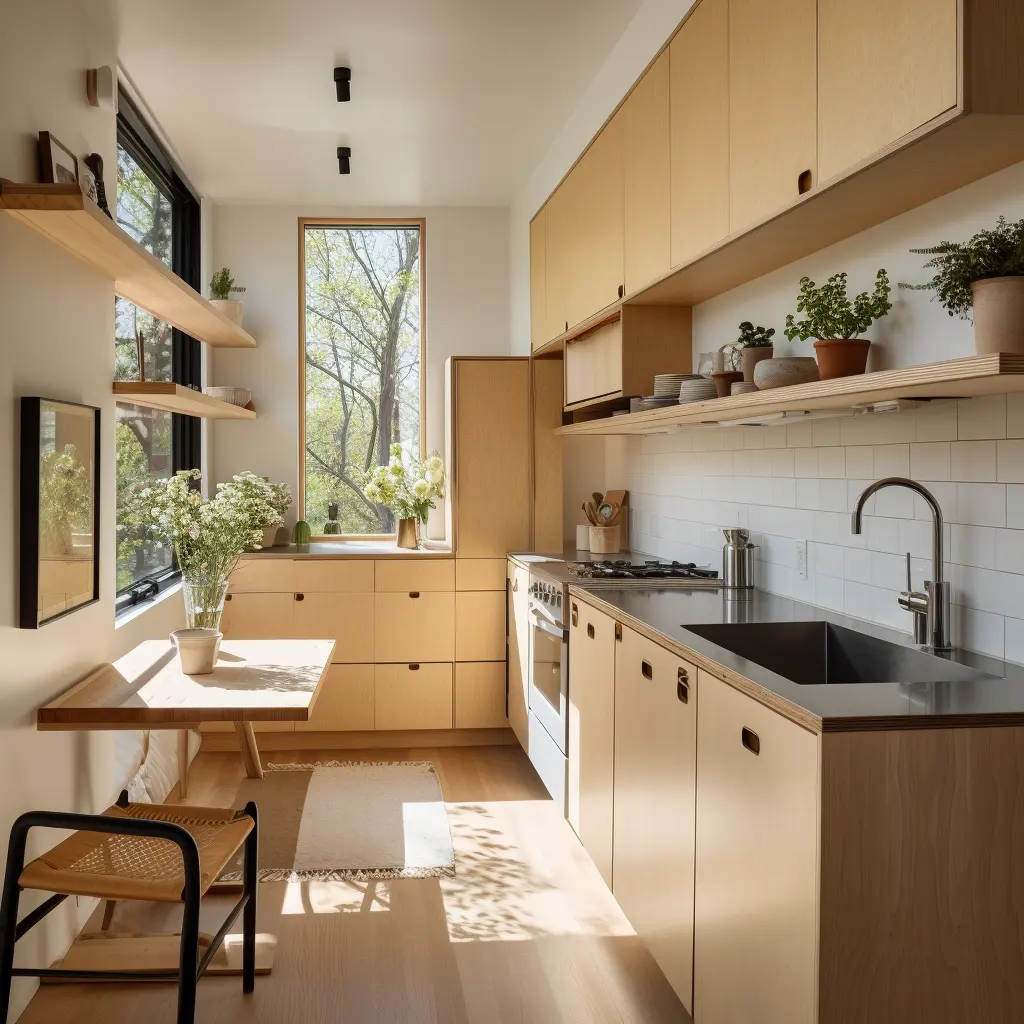
Renovate with EcoHome
EcoHome empowers homeowners to confidently build healthy and comfortable homes for a fair price.
Sign UpLocations View All →
NY
- Albany
- Binghamton
- Buffalo
- Esopus
- Freeport
- Hempstead
- Highland
- Kingston
- Long Beach
- Marlboro
- Mount Vernon
- New Paltz
- New Rochelle
- New York City
- Niagara Falls
- North Tonawanda
- Olivebridge
- Plattekill
- Rochester
- Rome
- Saugerties
- Schenectady
- Shandaken
- Syracuse
- Troy
- Utica
- Valley Stream
- Wallkill
- Woodstock
- Yonkers
NJ
- Bayonne
- Brick
- Camden
- Cherry Hill
- Clifton
- East Orange
- Edison
- Elizabeth
- Jersey City
- Lakewood
- Middletown
- Newark
- Old Bridge
- Passaic
- Paterson
- Toms River
- Trenton
- Union City
- Woodbridge
CT
PA
- Allentown
- Altoona
- Bethel Park
- Bethlehem
- Chester
- Easton
- Harrisburg
- Hazleton
- Lancaster
- Lebanon
- Monroeville
- Philadelphia
- Pittsburgh
- Reading
- Scranton
- Wayne
- Wilkes Barre
MD
- Abingdon
- Baltimore
- Bethesda
- Bowie
- Columbia
- Dundalk
- Ellicott City
- Frederick
- Gaithersburg
- Germantown
- Glen Burnie
- Potomac
- Rockville
- Severn
- Silver Spring
- Towson
- Waldorf

